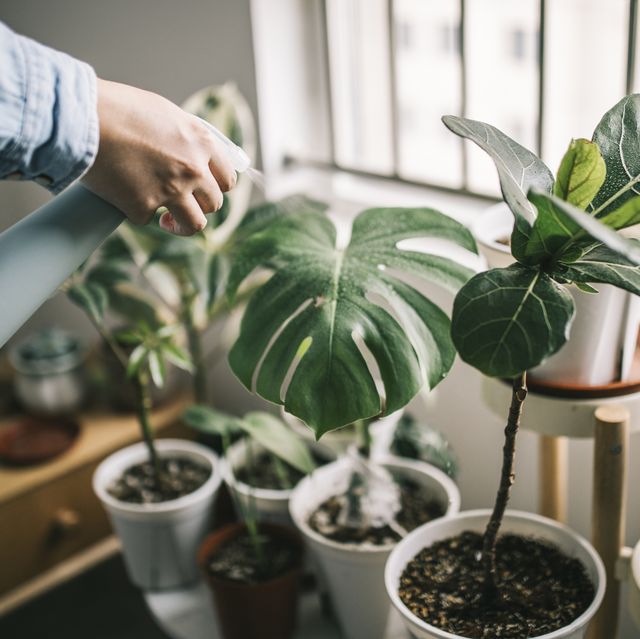Beautiful Plants For Your Interior

Houseplants, cherished for their ability to thrive indoors, often captivate us with their modest size and adaptability. However, it’s intriguing to discover that many of these potted companions can reach colossal proportions when left to flourish in their native habitats. In this article, we’ll embark on a journey to explore houseplants that undergo astonishing transformations, growing into giants when they find themselves in the wild.
The Astonishing Growth of Houseplants in Their Natural Habitats:
The conditions of a houseplant’s native environment can unlock its hidden potential for size and growth. Here are a few remarkable examples:
1. Monstera Deliciosa: The Monstera Deliciosa, known for its distinct Swiss cheese-like leaves, can become a true giant in its natural rainforest habitat. In the wild, these plants can climb trees and reach heights of up to 70 feet (21 meters), with leaves that can span more than two feet (60 centimeters) in width.
2. Ficus lyrata (Fiddle Leaf Fig): While Fiddle Leaf Figs are beloved for their elegant, large leaves in indoor settings, in their native West African rainforests, they can grow into towering trees, reaching heights of 50 to 100 feet (15 to 30 meters).
3. Rubber Plant (Ficus elastica): Rubber plants, often found as compact houseplants, can develop into massive trees in their native Southeast Asian habitats. These trees can grow to heights of 100 feet (30 meters) or more.
4. Dracaena: Various Dracaena species, like the Dracaena fragrans (Corn Plant), can become tall trees in their native Africa. Some can reach heights of 20 to 50 feet (6 to 15 meters).
5. Snake Plant (Sansevieria trifasciata): Snake plants, known for their resilience and compact size indoors, can form large clusters in arid regions of West Africa. In their native habitat, they can grow up to six feet (two meters) tall.
The Factors Behind Gigantic Growth:
Several factors contribute to the impressive growth of these houseplants in their native habitats:
1. Climate: Warmer, more humid conditions in their natural environments often promote rapid growth compared to the controlled indoor climates we provide.
2. Access to Space: In the wild, these plants have access to ample space and can grow freely, while indoor environments can limit their size.
3. Nutrient Availability: The nutrient-rich soils and organic matter in their native habitats provide optimal conditions for growth.
Conclusion: Exploring the Hidden Giants:
Houseplants, when cultivated indoors, bring nature’s beauty and serenity into our homes. However, it’s fascinating to realize that many of these plants have the potential to become towering giants when allowed to thrive in their native environments. These hidden giants remind us of the astonishing diversity and adaptability of the plant kingdom, offering a glimpse into the grandeur that nature can bestow upon our cherished potted companions when they return to their roots in the wild.